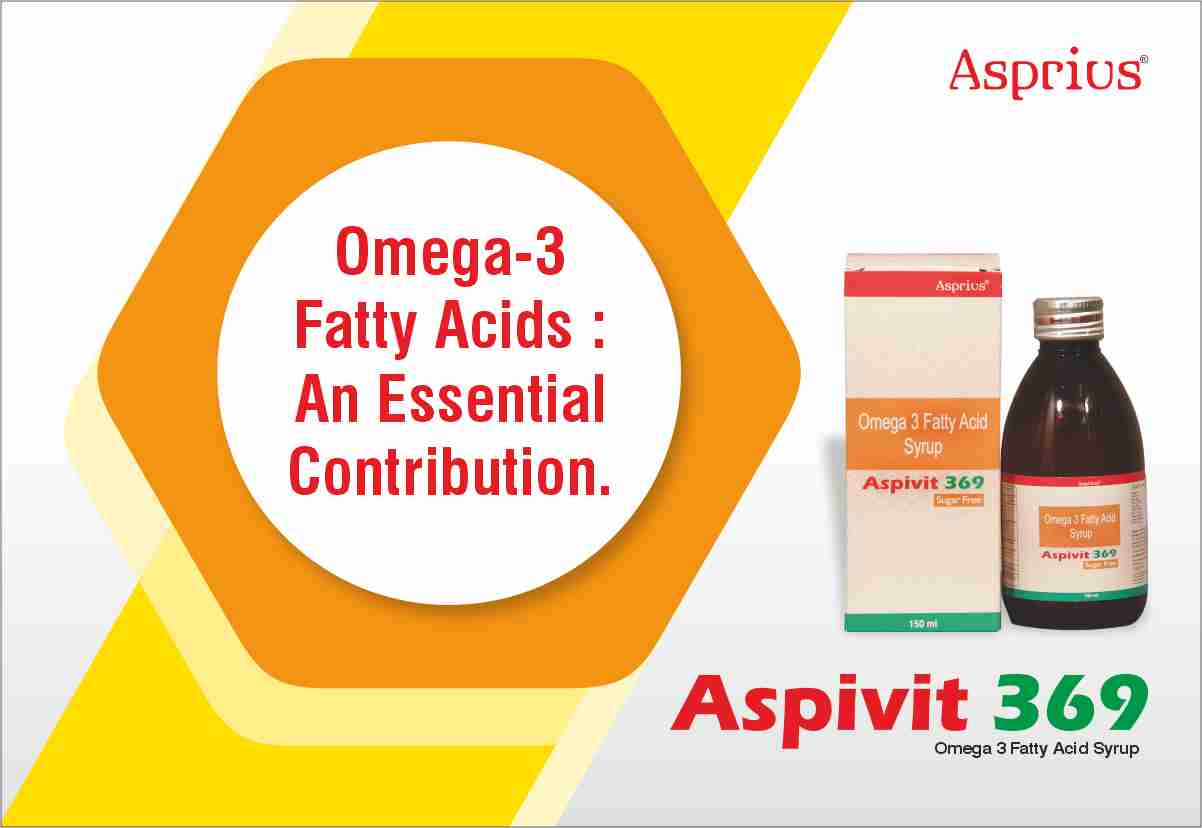Microcirculation, Vitamin E And Omega 3 Fatty Acids
An overview

Leading Pharmaceutical consultant and editor-in chief of IJMToday

Abstract
We have observed significant increases in LDF and similar trends for CBV after FO supplementation in younger subjects (both normolipidemic and hyperlipidemic). In elderly subjects, this trend appears to be reversed unless subjects are supplemented with higher doses of vit. E (100 IU/10 KG/day). Our mouse data suggest that dietary vit. E at 100 IU/Kg does not adequately protect against lipid oxidation in vivo or in vitro following an oxidative insult when mice are fed an 8% FO & 2% linoleic acid containing diet. It has been reported that FO significantly lowers triglycerides and VLDL-cholesterol (especially where subjects have higher initial triglyceride values) and tends to increase LDL-cholesterol and Apo-B100. These findings are all the more important because the oxidation of LDL from FO-supplemented subjects caused a time-dependent increase in the ability to facilitate albumin transfer which was not diminished following a 2 month washout (WO). Addition of vit. E to the FO supplement prevented this change. These data suggest that FO supplementation without sufficient vit. E may be deleterious to the vascular endothelium. The western fat blend supplement appeared to be protective with increased length of supplementation most likely due to increased MONO fatty acids which are resistant to oxidation; vit. E supplementation appeared to have little additional effect. Our combined studies, and those reported by others, suggest that in humans, increased peripheral microcirculatory flow is most likely due to changes in precapillary vascular tone i.e., vasodilation. It is also possible that subtle changes in each of the three variables i.e. blood pressure, blood viscosity and vascular tone when combined may contribute to the significant changes which we have noted as increased LDF or CBV after intervention with dietary n-3 fatty acids. We hypothesize that interactions between dietary fatty acids and vit. E alters the ratios of vasoconstrictive-platelet aggegatory/vasodilatory-antiplatelet aggregatory agents (TXA2 and endothelin/PGI2 and nitric oxide), the expression of adhesion molecules (P-selectin and E-selectin) and thereby directly influences the modulation of free radical mediated events between blood elements and the vascular endothelium. Fatty acids of the n3 series may alter these events by favoring the production of vasodilatory compounds and decreased expression of P and/or E-selectins, provided that these highly oxidizable lipids are protected by adequate antioxidants.





